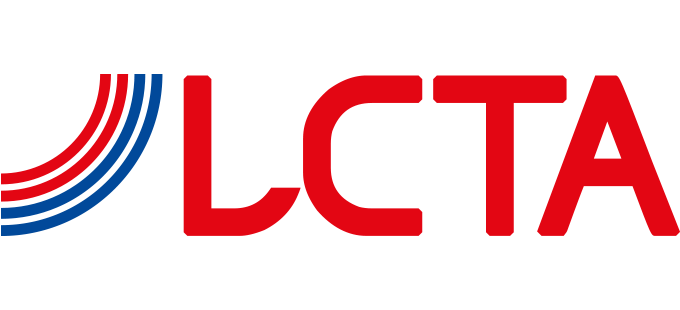EU mandatory: Disclosure rules – dac6
Contribution by KPMG.

On 25 June 2018, the EU Directive 2018/822 (DAC6), which introduced mandatory disclosure rules, entered into force. These rules target all kinds of cross-border arrangements that fall under a hallmark of the Directive, irrespective of whether an advisor or intermediary is involved or not.
When will the rules enter into force?
EU Member States have until 31 December 2019 to implement the new rules, which will be applicable from 1 July 2020. As of 1 July 2020, qualifying intermediaries (or, in certain cases, the respective taxpayer) will be required to disclose information on reportable cross-border tax arrangements to their authorities within 30 days of the earlier of when the arrangement is made available for implementation, ready for implementation or actually implemented.
However, intermediaries and respective taxpayers will also be required to disclose information retroactively by 31 August 2020 on reportable cross-border arrangements that have been implemented since 25 June 2018.
Which transactions will be affected by DAC6?
In order for a transaction to be reportable under DAC6, it is required that:
- the arrangement has a cross-border dimension, i.e. it involves participants residing either in more than one EU member state or in a member state and a third country;
- the arrangement falls under a hallmark; and
- in the case of certain hallmarks, that the main benefit test is satisfied.
Who is required to report?
Under DAC6, the primary reporting obligation lies with the intermediary involved in the transaction.
In the following cases, however, the reporting obligation shifts to the taxpayer (individual or company):
- The intermediary is exempt by virtue of legal professional privilege; or
- there is no EU intermediary (in particular in the case of “in-house arrangements”).
Why DAC6 even affects ‘ordinary’ corporate groups?
As mentioned above, if a transaction falls under a hallmark, but there is no EU intermediary involved, the reporting obligations fall to the taxpayer residing in the EU, i.e., for example, to the EU subsidiary of a Swiss company.
The hallmarks that trigger a reporting obligation are drafted very broadly. They even catch standard transactions such as the following examples:
Example A: transferring functions to another country
- A German group entity forming part of a Swiss based company transfers certain sales functions to its subsidiary in Poland, where taxes are lower. The additional income realized by the Polish company will be distributed to the German parent company, which leads to an overall lower tax burden.
- This transaction may fall under hallmark B.2 of the Directive: An arrangement that has the effect of converting income into capital, gifts or other categories of revenue, which are taxed at a lower level or exempt from tax.
- The main benefit test is satisfied if one of the main benefits of the transaction is a tax advantage, which is likely this case.
- Therefore, this transaction must in principle be reported by the German subsidiary.
Example B: granting a loan to an Italian subsidiary
- In December 2018, a Swiss holding company granted a loan to its Italian subsidiary. Whilst the interest is deductible in Italy, it is not taxable at cantonal and communal level in Switzerland (status of holding company). Even though the holding status will be abolished as of 1 January 2020, such transactions are caught by DAC6 because of its retroactive effect dating back to 25 June 2018.
- This transaction may fall under hallmark C.1(d) of the Directive: An arrangement that involves deductible cross-border payments (…) where (…) the payment benefits from a preferential tax regime in the jurisdiction where the recipient is resident for tax purposes.
- As one of the main benefits of this transaction is a tax advantage, the main benefit test is satisfied, too.
- Therefore, this transaction must in principle be reported by the Spanish subsidiary.
Conclusion
Based on the above comments, DAC6 affects many Swiss companies with EU group entities. Non-compliance with these new rules is not an option, as some countries provide for penalties of up to several hundred thousand euros. Therefore, all Swiss companies with EU group entities should start analyzing their cross-border transactions now, so that they are in a position to comply with the reporting obligations as from July 2020.
Please find here the factsheet for additional examples.
Not sure if any transaction within your group might be caught by DAC6? Our specialist are available for a call or a meeting to explain you the potential impact of the Directive:
Gernot Zitter, Partner Tax & Legal, +41 58 249 67 30, gzitter@kpmg.com
Simone Leonardi, Manager Tax & Legal, +41 58 249 32 49, sleonardi@kpmg.com



